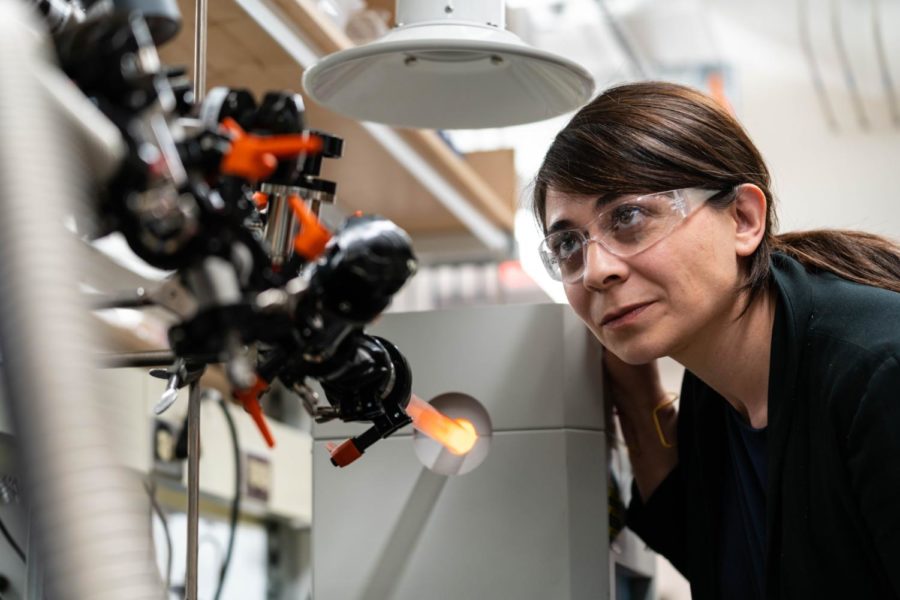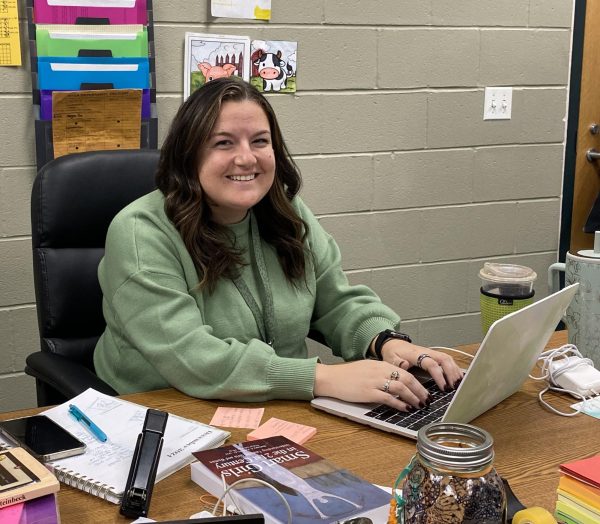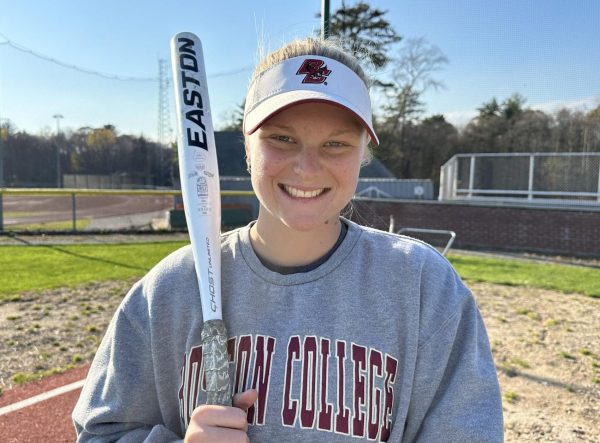From Superfund Site to Super Scientist: MIT professor Desiree Plata
Lillie Paquette of inShort.media
Plata observes machine.
When Desiree Plata was eight years old, she noticed that many in her hometown in Maine seemed sick. She told her mom that there had to be something in the water or air that made so many people ill.
Plata’s observations were correct.
She lived on top of an Environmental Protection Agency Superfund site, a location deemed one of the most contaminated and polluted places in the United States.
Ever since Plata has been interested in finding solutions to challenging problems. She went on to study at Union College and obtained her Ph.D. from a joint program between MIT and the Woods Hole Oceanographic Institution. There she studied chemical oceanography and environmental chemistry.
Her research focus is on the impact of industrially generated chemicals on the environment.
“When my friends were going to see penguins in the Antarctic and following whales around in the ocean, I was sitting by the Boston outfall pipe collecting sewage,” Plata explained.
Today, Plata works at MIT as an Associate Professor of Civil and Environmental Engineering, and she runs a lab that develops solutions using chemistry that help the environment.
After more than five years of research, she and her team have recently uncovered a way to use a common type of clay, zeolite, to absorb methane and turn it into the less potent greenhouse gas, carbon dioxide.
Plata’s work with methane began in 2008 when hydraulic fracking was gaining popularity. There was a lot of concern regarding the impact of chemicals from fracking released into the environment.
Plata collected over 500 samples of groundwater and discovered that most waters were decent, but significant problems arose when there was a leak in piping. The leaks typically release methane as fracking releases an abundance of it.
The current answer to that problem was not fixing the infrastructure that leaked the methane.
“[Instead, the solution was] actually to just bash a hole in the ground to make the gas go away faster,” explained Plata. “It’s not very technologically savvy, but if [methane] goes away, it is not an explosion risk.”
Not being impressed with that method, Plata used her oceanography knowledge of bacteria that turn methane into other substances to imagine different ways to help solve the methane problem.
After more than five years of research and testing over half a dozen substances, Plata and her team arrived at the solution they have today.

Currently, they are working to roll out this technology in real-life situations, tying back to Plata’s desire to help find and implement solutions to complex problems.
Unfortunately, according to Plata, this mission-oriented nature does not always go down well in the academic community.
“Academic scientists are usually expected to make the fundamental discovery and then allow somebody else to scale the technology,” explained Plata.
But, that is not what she is doing.
“I certainly will get a lot of people to help me, but I’m not going to walk away and rely on somebody,” Plata said. “I want to see it become the solution that it should be.”
Plata’s drive to create and implement solutions to world problems is something that she is eager to encourage others to do. Her advice to those wanting to do their part is simple.
“Find something that you really love, and then pair it with your mission,” Plata said. “There’s a role for everybody to play in helping to make the world a better place.”





